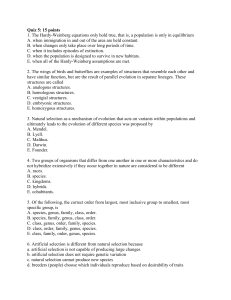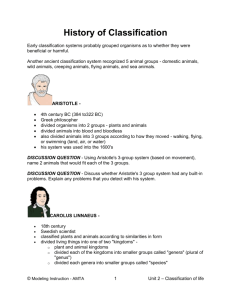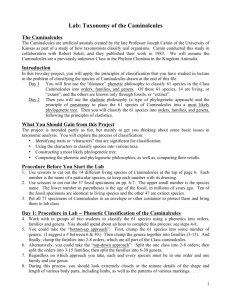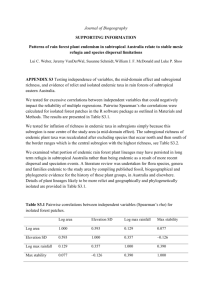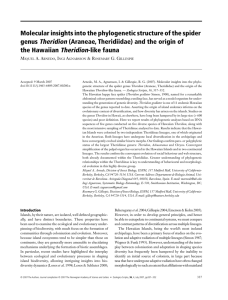Phylogenetic relationships and evolution of the genus Dipterocarpus
advertisement
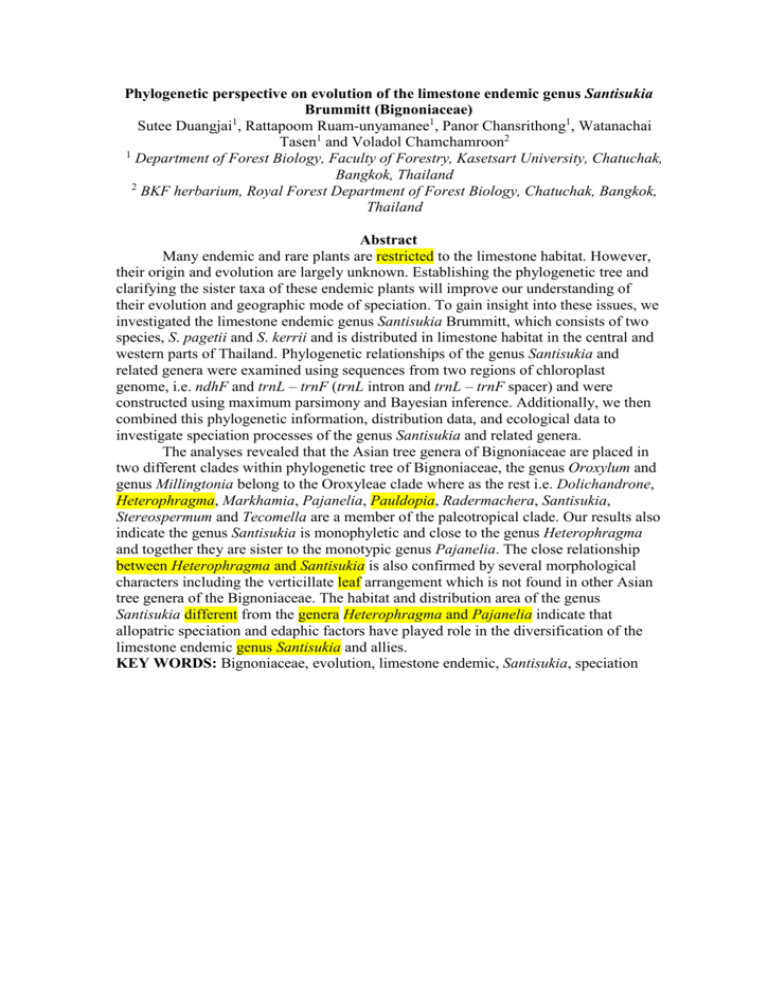
Phylogenetic perspective on evolution of the limestone endemic genus Santisukia Brummitt (Bignoniaceae) Sutee Duangjai1, Rattapoom Ruam-unyamanee1, Panor Chansrithong1, Watanachai Tasen1 and Voladol Chamchamroon2 1 Department of Forest Biology, Faculty of Forestry, Kasetsart University, Chatuchak, Bangkok, Thailand 2 BKF herbarium, Royal Forest Department of Forest Biology, Chatuchak, Bangkok, Thailand Abstract Many endemic and rare plants are restricted to the limestone habitat. However, their origin and evolution are largely unknown. Establishing the phylogenetic tree and clarifying the sister taxa of these endemic plants will improve our understanding of their evolution and geographic mode of speciation. To gain insight into these issues, we investigated the limestone endemic genus Santisukia Brummitt, which consists of two species, S. pagetii and S. kerrii and is distributed in limestone habitat in the central and western parts of Thailand. Phylogenetic relationships of the genus Santisukia and related genera were examined using sequences from two regions of chloroplast genome, i.e. ndhF and trnL – trnF (trnL intron and trnL – trnF spacer) and were constructed using maximum parsimony and Bayesian inference. Additionally, we then combined this phylogenetic information, distribution data, and ecological data to investigate speciation processes of the genus Santisukia and related genera. The analyses revealed that the Asian tree genera of Bignoniaceae are placed in two different clades within phylogenetic tree of Bignoniaceae, the genus Oroxylum and genus Millingtonia belong to the Oroxyleae clade where as the rest i.e. Dolichandrone, Heterophragma, Markhamia, Pajanelia, Pauldopia, Radermachera, Santisukia, Stereospermum and Tecomella are a member of the paleotropical clade. Our results also indicate the genus Santisukia is monophyletic and close to the genus Heterophragma and together they are sister to the monotypic genus Pajanelia. The close relationship between Heterophragma and Santisukia is also confirmed by several morphological characters including the verticillate leaf arrangement which is not found in other Asian tree genera of the Bignoniaceae. The habitat and distribution area of the genus Santisukia different from the genera Heterophragma and Pajanelia indicate that allopatric speciation and edaphic factors have played role in the diversification of the limestone endemic genus Santisukia and allies. KEY WORDS: Bignoniaceae, evolution, limestone endemic, Santisukia, speciation




